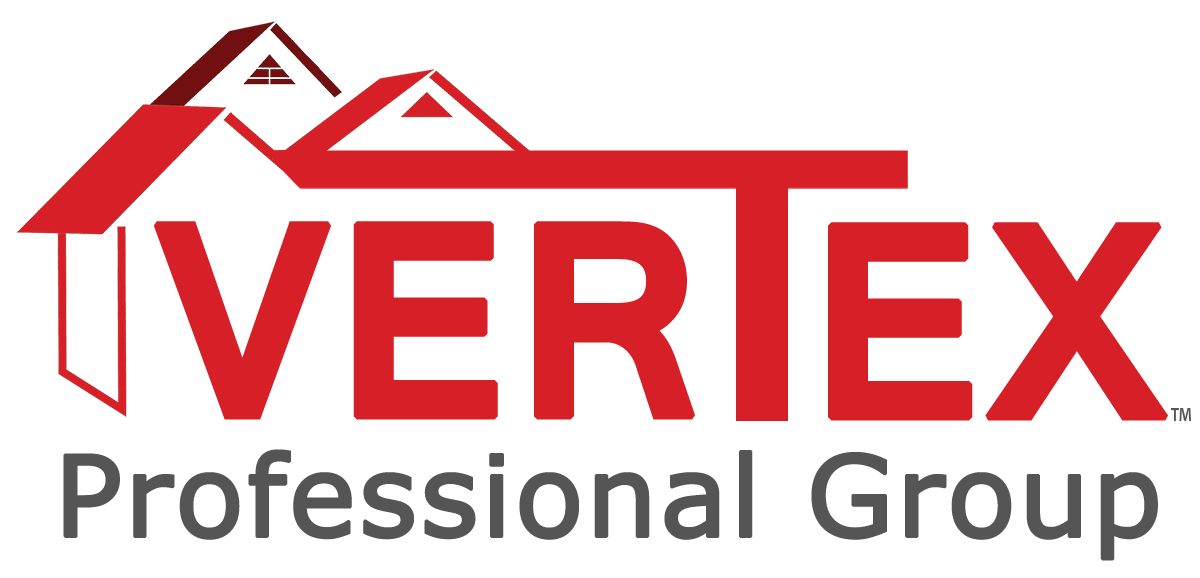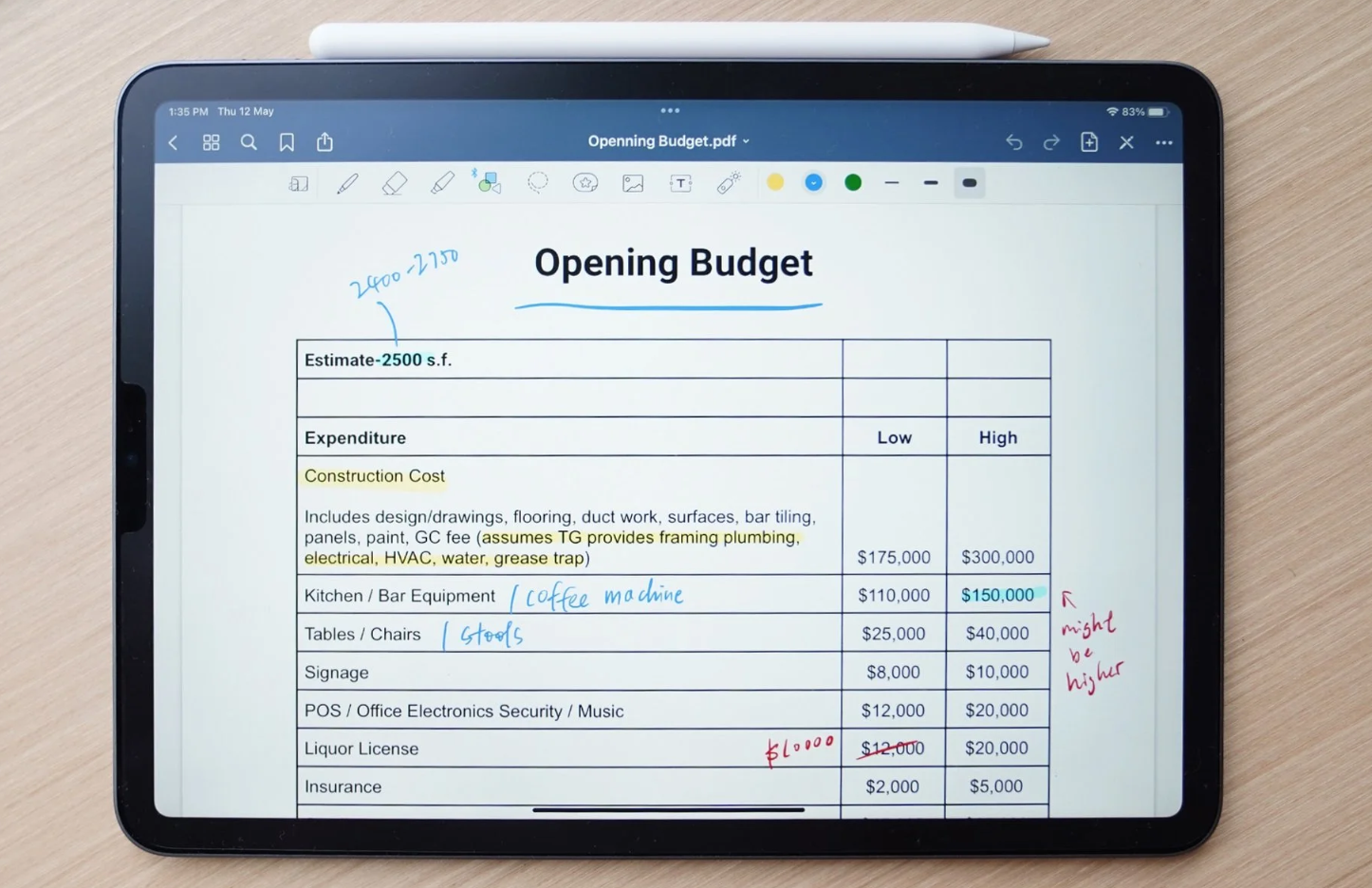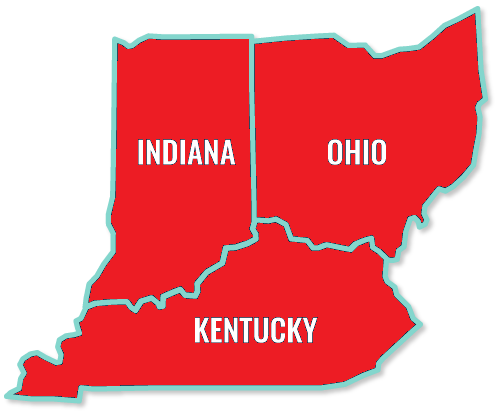HOA/COA Condominium Budget Checklist (2025 Edition)
A well-built annual budget protects your association’s property values, avoids special assessments, and keeps services steady—even when costs change. Below is a practical, research-backed checklist your Board and management team can follow each year.
Note: Requirements vary by state and your governing documents. Always review your documents and applicable laws.
1) Complete Year-End Projects & “Actuals-to-Year-End” Forecast
Use the year-to-date actuals to project full-year results for every line item (over/under). Close out projects that can be finished this year and identify any spend you should defer. This creates a clean baseline for both (a) service levels for the rest of the current year and (b) next year’s budget assumptions.
Why this matters: A transparent, line-item budget tied to real numbers improves owner trust and decision quality.
2) Compile Expiring Contracts & Next-Year Projects—Then Get Bids
Create a single list of all contracts expiring next year (landscaping, snow, pool, waste, elevator, pest, janitorial, security, management, etc.) plus any capital/repair projects the community wants completed. Obtain competitive bids and scope confirmations now so your draft budget uses current market pricing—not guesswork.
3) Update/Review Your Reserve Study & Funding Plan
Confirm your reserve study’s component list, remaining useful lives, and funding plan; update if it’s out of date or after major projects. Budget to meet the plan so replacements occur without special assessments. (Some states require reserve disclosures or studies; check yours.)
Pro tips
-
Sync capital projects with the reserve schedule to avoid surprises.
-
Mortgage and insurer stakeholders increasingly scrutinize reserve adequacy after high-profile building failures.
4) Insurance: Start Early & Budget for Higher Premiums/Deductibles
Engage your broker months in advance. Market conditions have produced premium increases, policy non-renewals, higher deductibles, and stricter carrier requirements in many regions—especially for condos/co-ops. Build scenarios (base, stretch) and confirm coverage compliance with lender/agency standards.
5) Delinquency & Bad-Debt Expense
Quantify aged receivables (30/60/90/120+ days). Use your history and current trends to budget bad-debt expense and strengthen your collection policy. High delinquency rates can affect owner financing eligibility under some programs.
6) Income Lines: Assessments, Fees & Other Revenue
-
Assessments: Base on required operating costs plus planned reserve contributions.
-
Other revenue: Application fees, clubhouse rentals, parking, laundry, late fees—validate realistic volumes.
-
Tax position: Most associations elect to file IRS Form 1120-H; coordinate with your CPA on the treatment of “exempt function income” and any non-exempt income.
7) Expense Lines: Build From the Bottom Up
-
Utilities: Check tariff/contract changes and usage trends.
-
Landscaping/Snow: Lock in seasonal scopes and trigger points; use multi-year averages for snow.
-
Repairs & Maintenance: Separate routine R&M (operating) from capital replacements (reserves).
-
Admin/Compliance: Management, legal, audit/review, tax prep, notices, printing, postage, meeting costs.
-
Risk Management: Insurance (property, liability, D&O), deductibles, claims reserves.
-
Professional Services: Engineering, reserve specialist, compliance inspections.
-
Contingency: Include a modest contingency for volatility in fuel, materials, or emergencies.
(Organize the draft budget by projected revenue, projected expenses, and reserve contributions with sub-categories for clarity.)
8) Policy & Document Checks
Before finalizing, review governing documents for budget procedures (member notice, meeting/ratification steps, treatment of prior-year surplus/shortfalls) and state-law requirements on financial disclosures and reserves.
9) Capital Plan Integration
Map next year’s reserve-funded projects and any special capital initiatives (roof sections, paving phases, safety items). Align schedules, staging, and cash flow with the reserve funding plan to minimize disruption and assessments.
10) Communications & Transparency
Publish a clear budget narrative: key changes vs. prior year, drivers (insurance, utilities, reserves), and the impact on assessments. Provide access to the latest reserve study and financials; invite owner Q&A. Associations that involve members early see better buy-in and fewer surprises.
11) Accounting Close, Audit/Review & Tax Calendar
Add the year-end close timeline to your budget calendar, along with your audit/review/compilation and tax filing deadlines (coordinate with your CPA on 1120-H vs. 1120).
12) Adoption & Ratification Steps
Schedule the Board budget meeting(s), member notice/ratification (if required), and assessment start-date. Document the vote and archive all supporting schedules, bids, and assumptions.
What to Gather Before You Start
-
YTD general ledger & variance report; prior-year actuals and current budget.
-
Latest reserve study (with funding plan).
-
List of expiring contracts + scopes; wish-list projects with basic specs.
-
Insurance loss runs, current declarations, broker’s marketing plan.
-
Aged owner receivables report; current collection policy.
-
Governing documents requirements for budgets/owner notices.
Sample Timeline (Work Back ~120–150 Days From Fiscal Year Start)
-
D-150 to D-120: Pull actuals, reserve study, and expiring contracts; request bids and insurance marketing.
-
D-105: Draft #1 with multiple insurance/reserve scenarios.
-
D-75: Board workshop; adjust for final bids and claim/loss info.
-
D-45: Finalize; prepare owner summary and notices.
-
D-30: Ratification/approval per documents; set assessment schedule.
FAQs (Quick Hits)
-
How much should we budget for reserves? Follow your reserve study’s recommended funding plan; update the study as needed and meet disclosures/requirements applicable in your state.
-
Why are insurance lines rising? Many associations face premium increases, higher deductibles, and tighter underwriting; plan early and model scenarios.
-
Which federal tax form applies? Most HOAs/COAs elect Form 1120-H, but confirm annually with your CPA.
-
How do we set bad-debt expense? Track aged receivables trends and budget an allowance consistent with history and policy; monitor monthly.
Bottom Line
Start with hard numbers (actuals-to-year-end), secure current pricing for next year’s contracts/projects, and anchor the plan to an up-to-date reserve study—while tackling insurance and collections early. Doing these consistently each year keeps services reliable and assessments predictable.
This article is for general information and does not constitute legal, tax, or insurance advice. Consult qualified professionals for your association’s specific circumstances.


